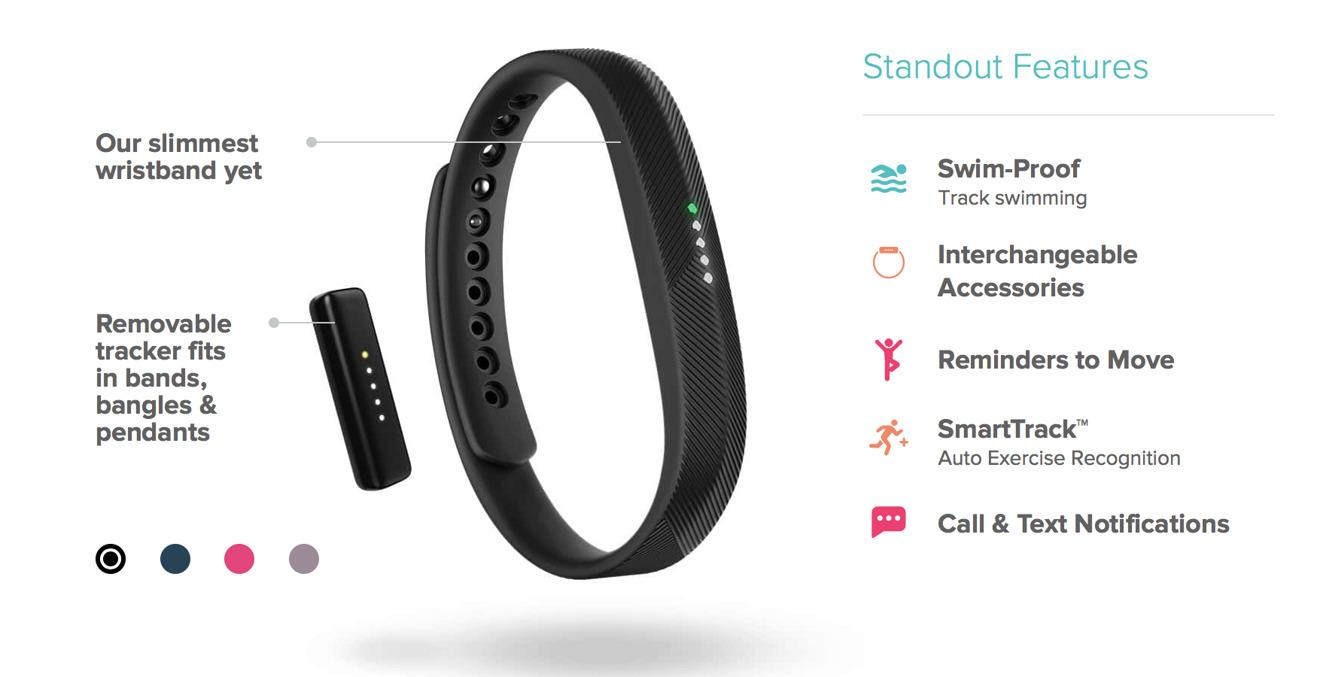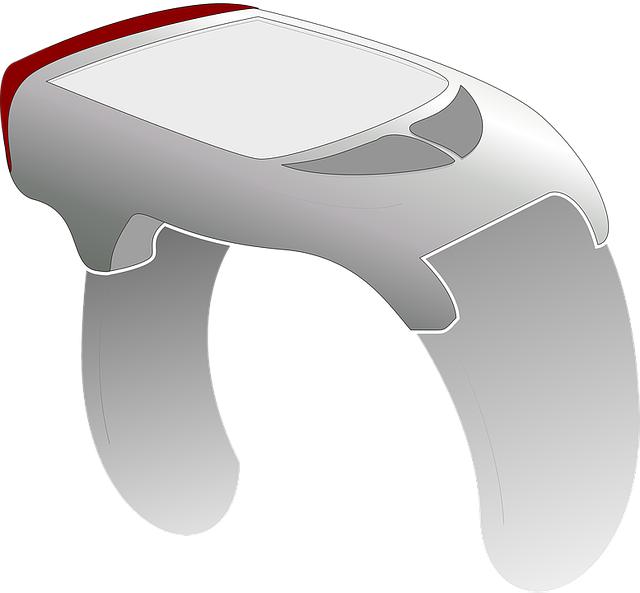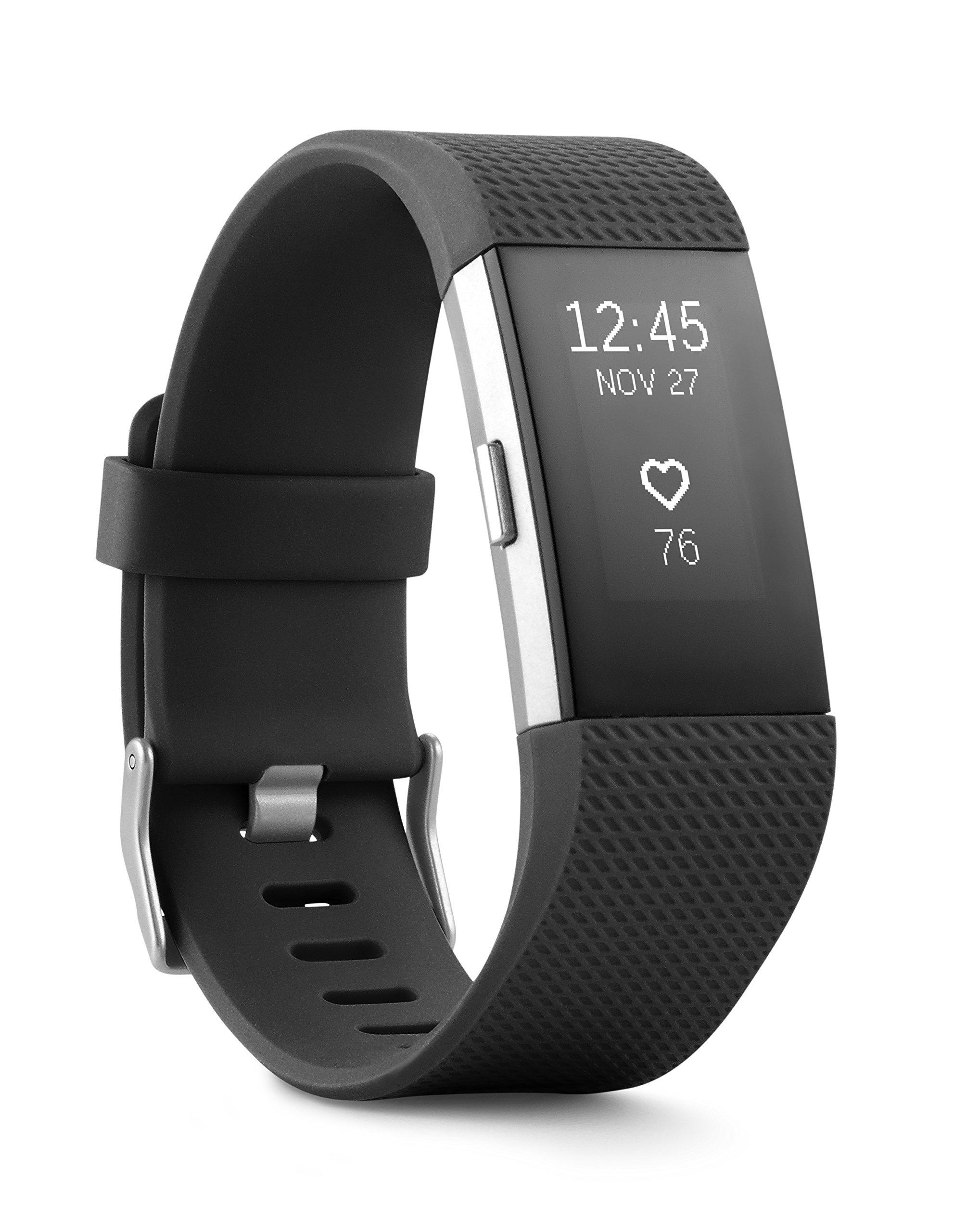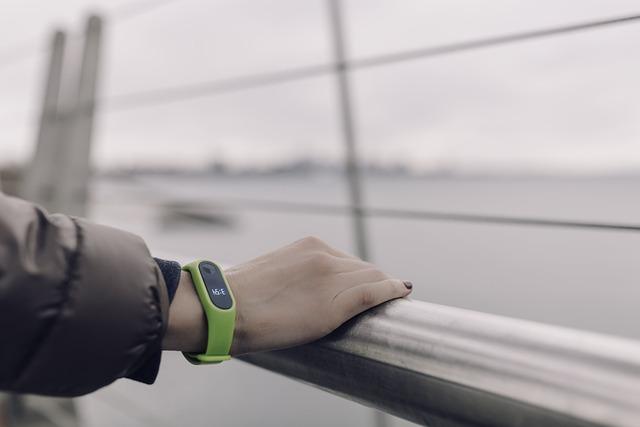In the era of health and fitness tracking, two giants have emerged too capture the attention of enthusiasts and casual users alike: Fitbit and WHOOP. Both brands promise to empower individuals on their fitness journeys, but they do so through markedly different philosophies. Fitbit, with its vibrant array of sleek, user-kind wearables, champions accessibility and everyday usability. In contrast, WHOOP positions itself as a elegant tool tailored for serious athletes, offering an in-depth physiological analysis that dives into the nuances of recovery and performance. As consumers sift through the multitude of options, a pivotal question arises: who truly wins the battle between data depth and long-term usability? This article will explore the strengths and weaknesses of each platform, guiding you through the intricacies of tracking technologies to help inform your choices in a fitness landscape characterized by both innovation and personal preference.
Exploring Metrics: An In-Depth Comparison of Fitbit and WHOOP Tracking Features
When comparing the tracking features of Fitbit and WHOOP, it’s essential to consider the depth and variety of metrics each device provides. Fitbit excels in offering a broad spectrum of health and fitness data, including:
- Heart Rate Monitoring: Continuous monitoring with detailed insights into resting and active heart rates.
- Sleep Tracking: Complete sleep analysis, including different sleep stages and duration.
- Activity Tracking: Over 20 exercise modes with GPS functionality for accurate distance tracking.
- Stress Management: Features like guided breathing exercises to combat stress.
In contrast, WHOOP takes a more specialized approach to performance metrics, focusing heavily on recovery and strain levels. Its features include:
- Strain Measurement: It quantifies daily exertion to help users train optimally.
- Recovery Insights: Daily recovery scores based on heart rate variability, resting heart rate, and sleep performance.
- Sleep Performance: In-depth analysis with recommendations for optimal sleep and recovery.
- Membership Model: Continuous access to performance analytics via a subscription service, ensuring users receive regular updates and insights.
| Feature | Fitbit | WHOOP |
|---|---|---|
| Heart Rate Tracking | Yes | Yes |
| Activity Tracking | Yes | No |
| Recovery Analysis | Basic | Advanced |
| Subscription Service | No | Yes |

User Experience and Comfort: Long-Term Usability in Wearable Technology
In the rapidly evolving landscape of wearable technology, user experience plays a pivotal role in determining long-term usability. Both Fitbit and WHOOP offer distinct approaches that cater to various user preferences. while Fitbit emphasizes an intuitive interface with engaging features, WHOOP focuses on providing in-depth analytical data tailored towards performance optimization. This divergence in user design has significant implications for how users interact with their devices over extended periods. An effective wearable should feel less like an obligation and more like a seamless extension of one’s lifestyle, which is why elements such as comfort, accessibility, and customizable settings are critical in enhancing the overall experience.
The durability and ease of use of wearable devices directly impact user satisfaction and engagement. With Fitbit, users often appreciate the lightweight design, which encourages all-day wear without irritation. Conversely, WHOOP presents a different kind of commitment; its dependency on a subscription model can alienate users who prefer immediate access without ongoing fees. To illustrate the contrasting user experiences further, consider the following attributes:
| Feature | Fitbit | WHOOP |
|---|---|---|
| Comfort Level | Lightweight and adjustable | Elastic band designed for constant wear |
| User Interface | Intuitive touchscreen | Data-driven, requires app interpretation |
| Subscription | No subscription needed | Monthly subscription required |
Ultimately, the long-term usefulness of a wearable device hinges on how comfortably it integrates into daily routines while meeting users’ specific needs. Fitbit users benefit from a robust ecosystem filled with social features and gamified health challenges, while WHOOP users often find themselves immersed in a data-heavy experience that fosters a focus on performance and recovery. Each brand caters to a unique cohort, shaping a diverse landscape where user experience and comfort ultimately determine which wearable will prevail in fostering sustained user loyalty.

Cost versus Value: Assessing the Investment in Fitbit and WHOOP
When evaluating the investment in fitness wearables like Fitbit and WHOOP,it’s essential to balance the cost against the value they provide. Fitbit typically positions itself as a more affordable option with a variety of products catering to casual users. With prices ranging from $69 for basic models to around $200 for advanced versions, it appeals to a broad audience. The value lies in its user-friendly interface, long battery life, and robust health tracking features, making it a suitable choice for those seeking daily fitness insights without a significant financial commitment. Conversely,WHOOP operates on a subscription model that can amount to over $30 a month after an initial cost of around $300.This investment is justified by the in-depth analytics and personalized coaching WHOOP offers, appealing to serious athletes or fitness enthusiasts pursuing specific performance goals.
The evaluation of these products leads to a thoughtful comparison of the features that justify their costs. Below is a concise table outlining some key differences:
| Feature | Fitbit | WHOOP |
|---|---|---|
| pricing Model | One-time purchase | Subscription-based |
| Battery Life | Up to 7 days | Up to 5 days |
| Health Metrics | Basic metrics | Advanced analytics |
| Coaching | No | Yes |
| User Base | Casual users | Serious athletes |
<pUltimately, the decision hinges on what the user values more: a one-time expense with general tracking capabilities or a sustained investment in a service that promises a deeper understanding of fitness and recovery metrics. While Fitbit may enhance day-to-day health awareness, WHOOP offers a tailored performance analysis encouraging serious advancement in an individual's fitness journey.

Making the Right Choice: Recommendations Based on Lifestyle and Goals
When deciding between Fitbit and WHOOP, it’s essential to consider your personal lifestyle and fitness goals. For those who prioritize convenience and a broad spectrum of health metrics, Fitbit tends to be the better option. Its user-friendly interface and versatility allow individuals to track not just workouts but also sleep quality,heart rate,and stress levels. Additionally, the integration of social features encourages a sense of community and motivation. Conversely, WHOOP appeals more to serious athletes and fitness enthusiasts who are focused on optimizing performance through in-depth recovery and strain data. With a subscription model that provides continuous learning and feedback, WHOOP is designed for those who want to dive deep into their fitness journey.
Consider the following points to align your choice with your lifestyle:
- If you enjoy casual fitness tracking and want a stylish accessory: Go for Fitbit.
- If your goal is peak performance and recovery optimization: Choose WHOOP.
- If you prefer a one-time purchase: Fitbit is more budget-friendly.
- If you’re committed to an ongoing fitness journey: WHOOP’s subscription model offers continuous insights.
| Feature | Fitbit | WHOOP |
|---|---|---|
| Cost | One-time purchase | Monthly subscription |
| Data Depth | basic metrics | In-depth recovery metrics |
| User Interface | Intuitive display | Minimalist and simple |
| community Features | Social engagement | Focused on individual performance |
Closing Remarks
In the realm of fitness wearables, the showdown between Fitbit and WHOOP presents not only a clash of features but a deeper conversation about our evolving relationship with data and longevity in technology. One brand prioritizes a wealth of metrics and user-friendly interface, making health tracking accessible for everyone; the other pivots toward a subscription model, offering detailed insights tailored for those committed to performance optimization. Ultimately, the choice between fitbit’s comprehensive approach and WHOOP’s targeted expertise boils down to personal priorities and lifestyle.
As we navigate the ever-expanding landscape of health technology, it’s essential to consider what truly matters to us: the depth of data that fuels our fitness aspirations or the enduring usability that seamlessly integrates into our daily lives. Whether you’re a casual step-counting enthusiast or a performance-driven athlete, both companies offer distinct paths to wellness. In this fitness journey, the winner may not be a definitive title but rather a choice that aligns with your unique goals. Whatever your decision, embrace the prospect to transform data into actionable insights, and let your wearables be not just a tool, but a companion in your quest for health and happiness.



